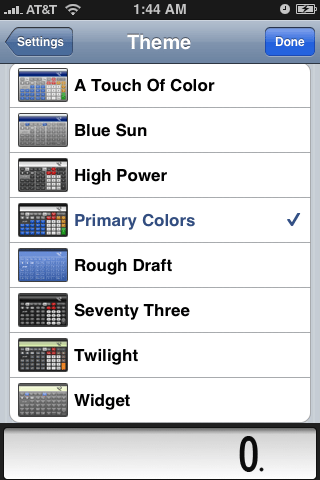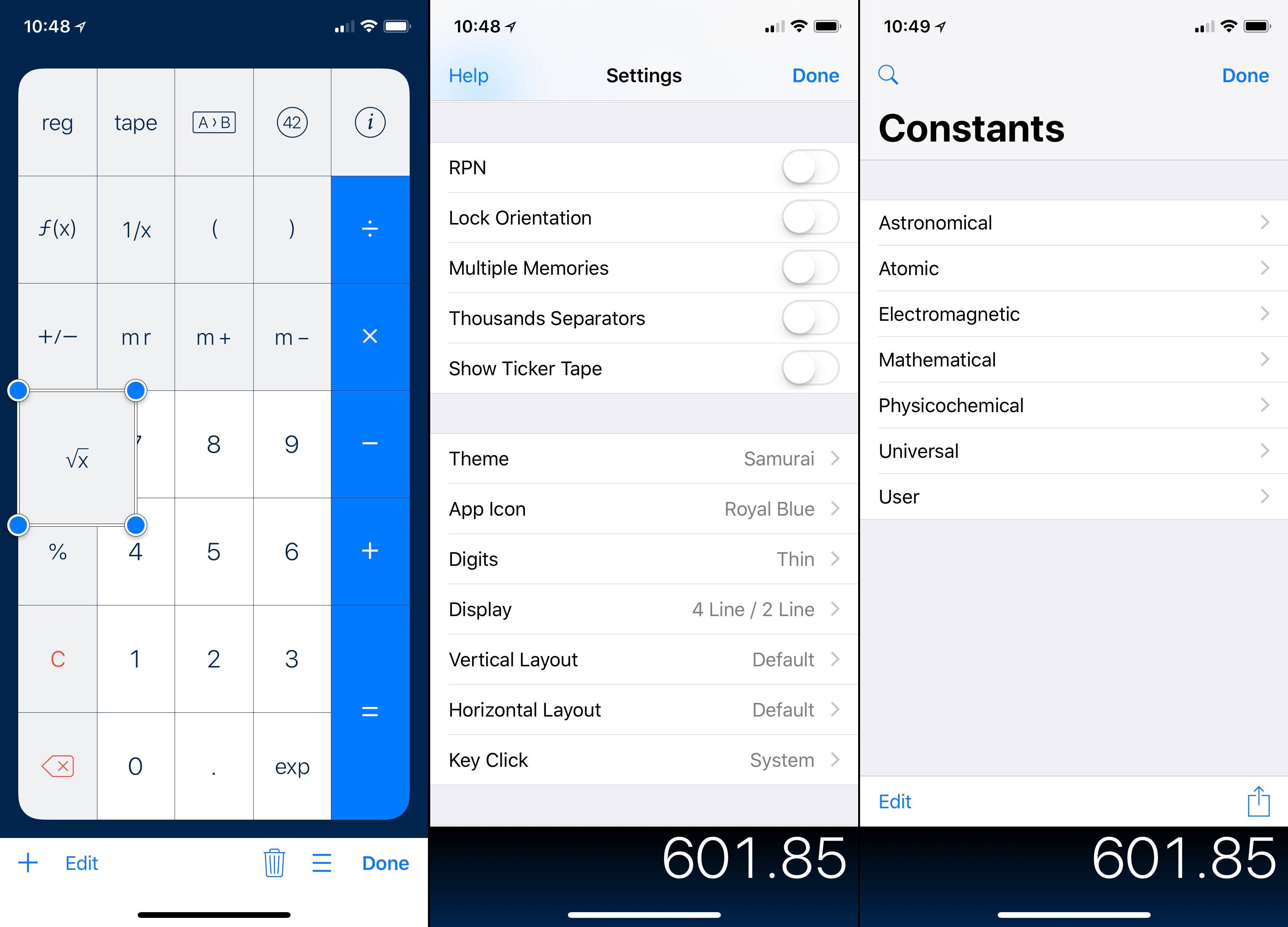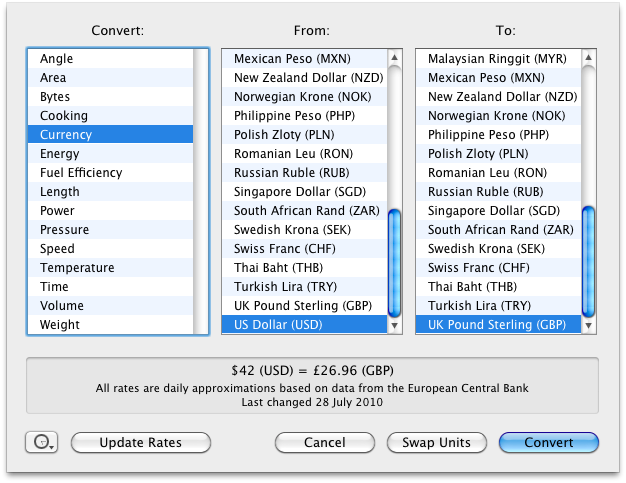


Tap octal, the display changes to 25252524. You don’t have to hit “convert,” enter the number another time, or anything else – just change the keypad to decimal, and 555554 is changed to 5592404. Twice that is 555554, and so forth.) Converting those numbers into base10, or any other system, is as easy as pressing the button for the desired system.

How do you divide that range into, say, six equal parts? (One sixth of FFFFFF is 2AAAAA. Alternate numbering systems are not always on the mind of the average person, but they can be useful for even a web designer, who’s trying to find an average color between #000000 and #FFFFFF. You can even email that tape to anyone, and it’s time/date stamped. Want to see all the transactions you have entered, in order to verify an answer that you think may be off? Hit the “Tape” key, and there it is: a scrolling list of everything you’ve done, with your final readout still on the display. If you’re doing long strands of calculations where you need the partial results along the way, it’s much easier to use.)Īnother interesting feature is the tape. The result is the same, it’s just different, and some people think that way. (For those who don’t know, here’s a brief idea of RPN entry: a standard equation (3×4=12) would be entered like this on a regular calculator: 3, the “x” key, 4, and the “=” key. Reverse Polish Notation (RPN) entry is supported, as well. You can also customize the background tint of your display, the color of the numerals, and the actual font that is shown, in addition to padding the numbers to always show a certain number of decimal places. With changeable themes, you can “skin” the app to meet your aesthetic requirements (white on blue to look like a blueprint, or “high powered” – shiny black with white markings and the reverse for numerals) or for better selection of keys (functions in blue, “clear” keys in red, numerals in white, operators in yellow, and a large, green “=” key).
Pcalc function list mac#
I’m going to specifically cover the iPhone versions here, but encourage you to look at the Mac version if you’re of the numerical bent. Available for the Mac and for iPhone (in two flavors – more on that later), it’s an amazing amalgam of tool, reference list, and study in great interface design. Well, James Thomson, a former Apple employee and the developer of DragThing, has created just the thing for you: pCalc. And what if you needed more or fewer decimal places, or a better font or color for reading in your environment? Would you just carry along your trusty HP or TI scientific programmable, or would you keep a list of these bits of information and write it down from your notes, then tap it in when needed? For many of those in the scientific community, this is a constant necessity (no pun intended). Or if you need to plug in large numbers regularly, such as the Newtonian Constant of Gravitation (6.6742e-11, if you’re interested), or the speed of light in a vacuum (299792458 metres per second), or pi, or the Golden Ratio (phi), or the Faraday constant. But what if you’re involved in alternate number systems (binary, hexadecimal, or octal, for instance)? It would help if your calculator did some of the work for you. That should do it, right? Yes, the built-in calculator is pretty powerful. What more could you want? Well, if you’re the scientific kind, you’d want to turn it to landscape and get all those trigonometric function keys, log functions, square, cube, square roots, percentage, and a few other keys. Why would you want to add a calculator to your iPhone/iPod touch? You can’t remove the standard one, and it does most of what normal people use a calculator for all ready: add, subtract, multiply, divide, hold a number in memory and let you use it in an operation. If you buy something through the links on this page, we may earn a commission at no cost to you.


 0 kommentar(er)
0 kommentar(er)
